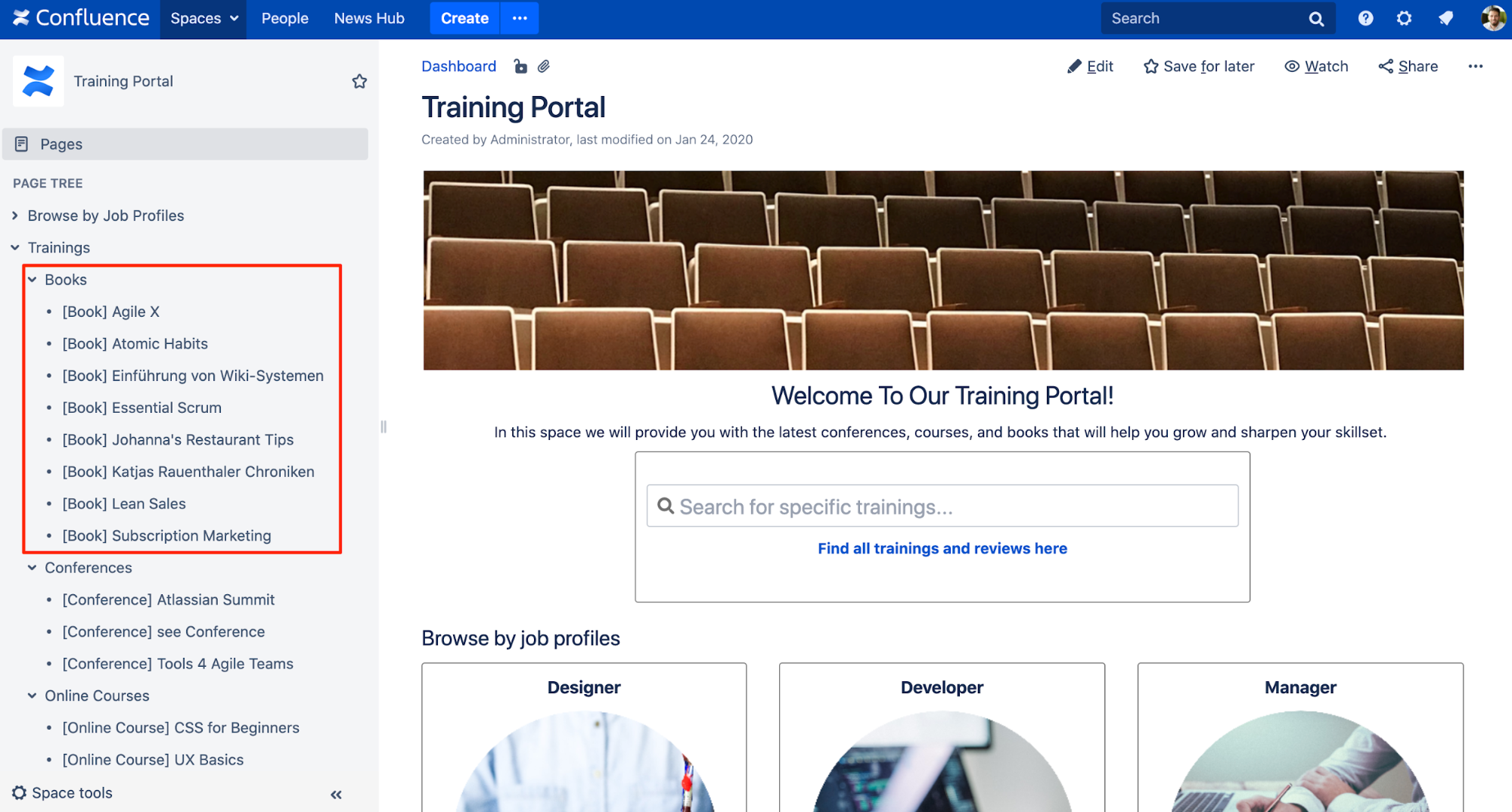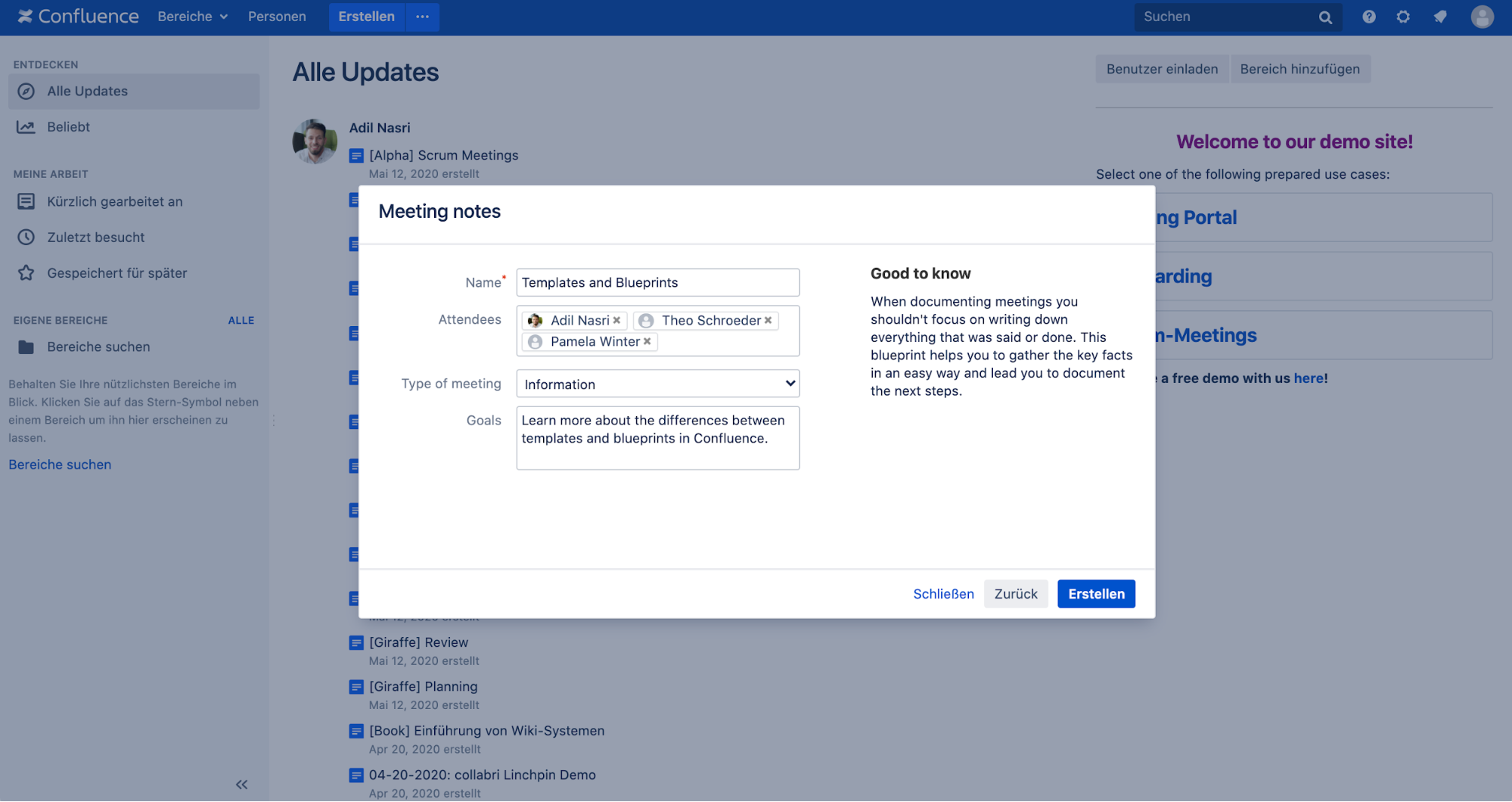Collaborative wiki tools, such as Atlassian's Confluence, have become essential for sharing knowledge and data across an organization. By collaborating, team members can create and edit content, promoting company transparency, providing quicker access to information, and reducing internal blockers. And, of course, time is money.
Finding Content in Confluence
Whether it's meeting notes or company retrospectives, content created in Confluence is shared as a page or blog and arranged in spaces. Users can then easily navigate this content within each space via the sidebar. Providing a user has the necessary display permissions, content can also be found via search. In most cases, search is the most efficient way to find what you're looking for, mainly due to the lack of a global navigation menu or a sitemap in the standard system.
However, despite the ease of use, searching for the correct pages can be quite a challenge, especially when dealing with a large number of pages as only the page title offers information about its context. On top of that, pages - even if thematically related - are structured differently, so you end up needing to check the content first. Not only is it frustrating, but also very time-consuming.
Get Organized with Templates
One way to avoid this chaos is by creating templates for different use cases, such as meeting notes or knowledge articles. Templates ensure a uniform structure of a page, allowing editors to create rather than spend unnecessary time formatting. To take this one step further, Confluence's blueprints enable users to create templates with added functionality, offering easier creation, management, and organization of content. Users can create blueprints for pages, page trees, blog entries without any prior programming knowledge.

Configuring Page Titles with Blueprints
An advantage of creating blueprints is the ability to configure a page title. With this, users can specify naming conventions for new content. For example, all meeting notes can be automatically given the date of the meeting. This not only helps to understand the context of the page when searching but offers chronological sorting within the sidebar. Another example would be adding a prefix to the page title for quicker insights.

Providing Structure with Naming Conventions
By standardizing page titles, "area gardeners" can assess at first glance whether pages have been stored in the correct place and can quickly move them if necessary. Since the blueprint page title configuration also supports variables, a standardized naming structure can be put into place; one that can be used across the whole organization.

For users who appreciate the simplicity of Confluence but want more structure put in place, blueprints offer an exciting selection of functionalities for organization without compromising the freedom of Confluence.
If you're looking to learn about Confluence, we provide expert training in Confluence for beginners and administrators. Click here to find out more.
